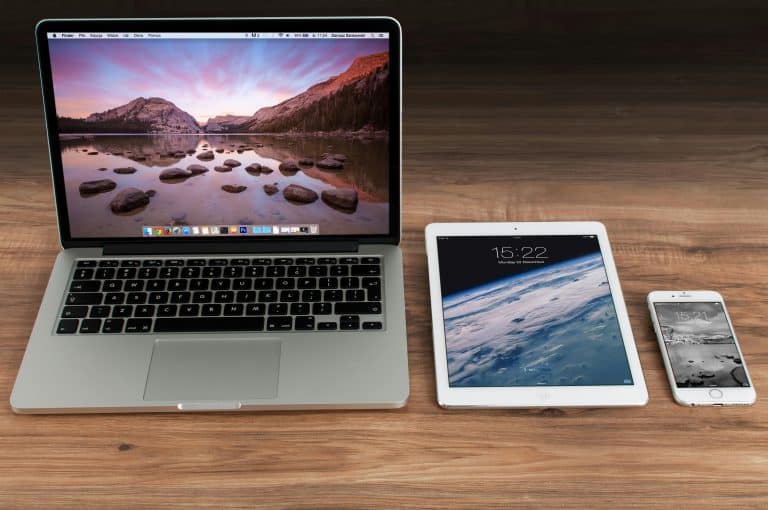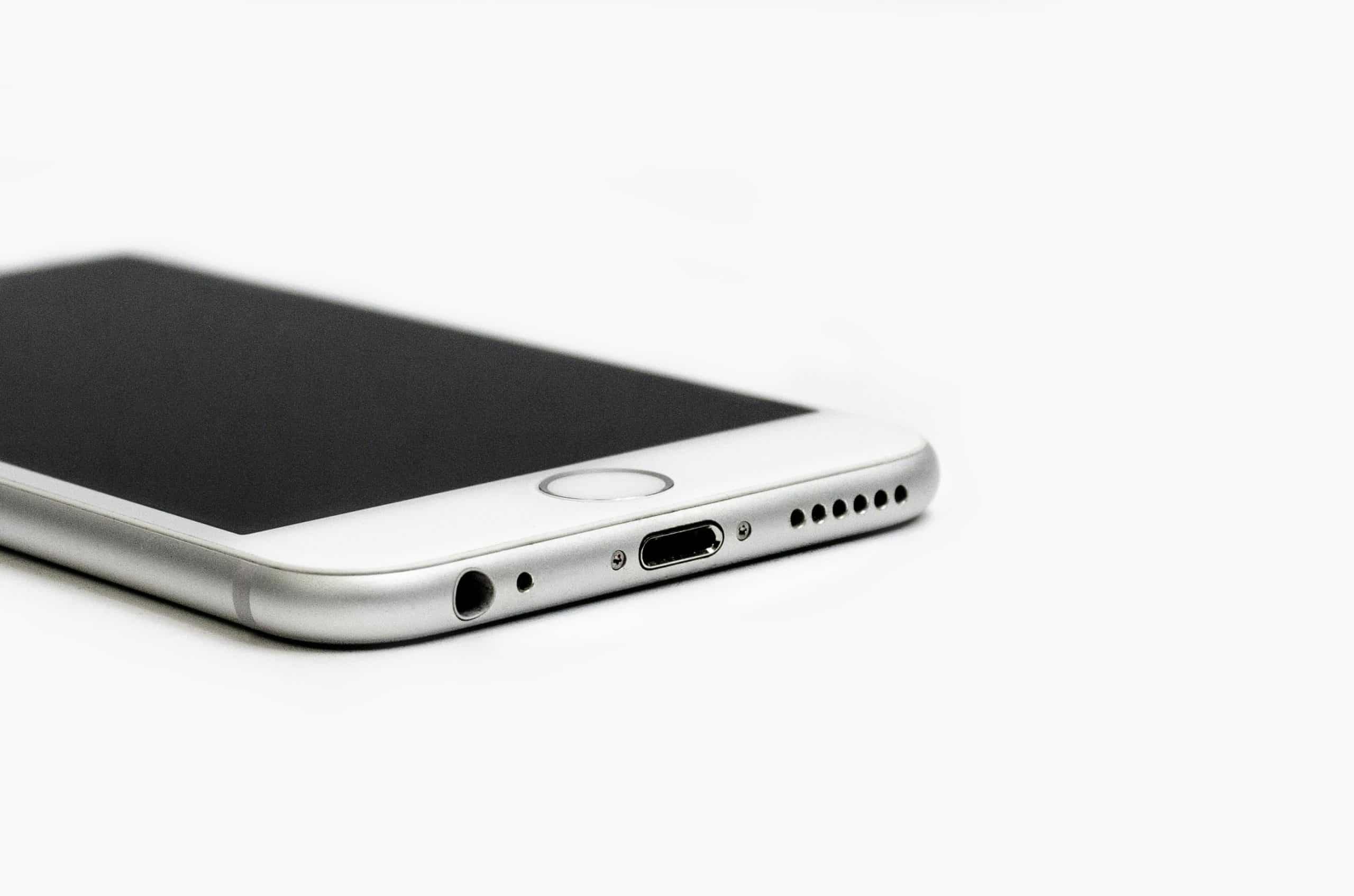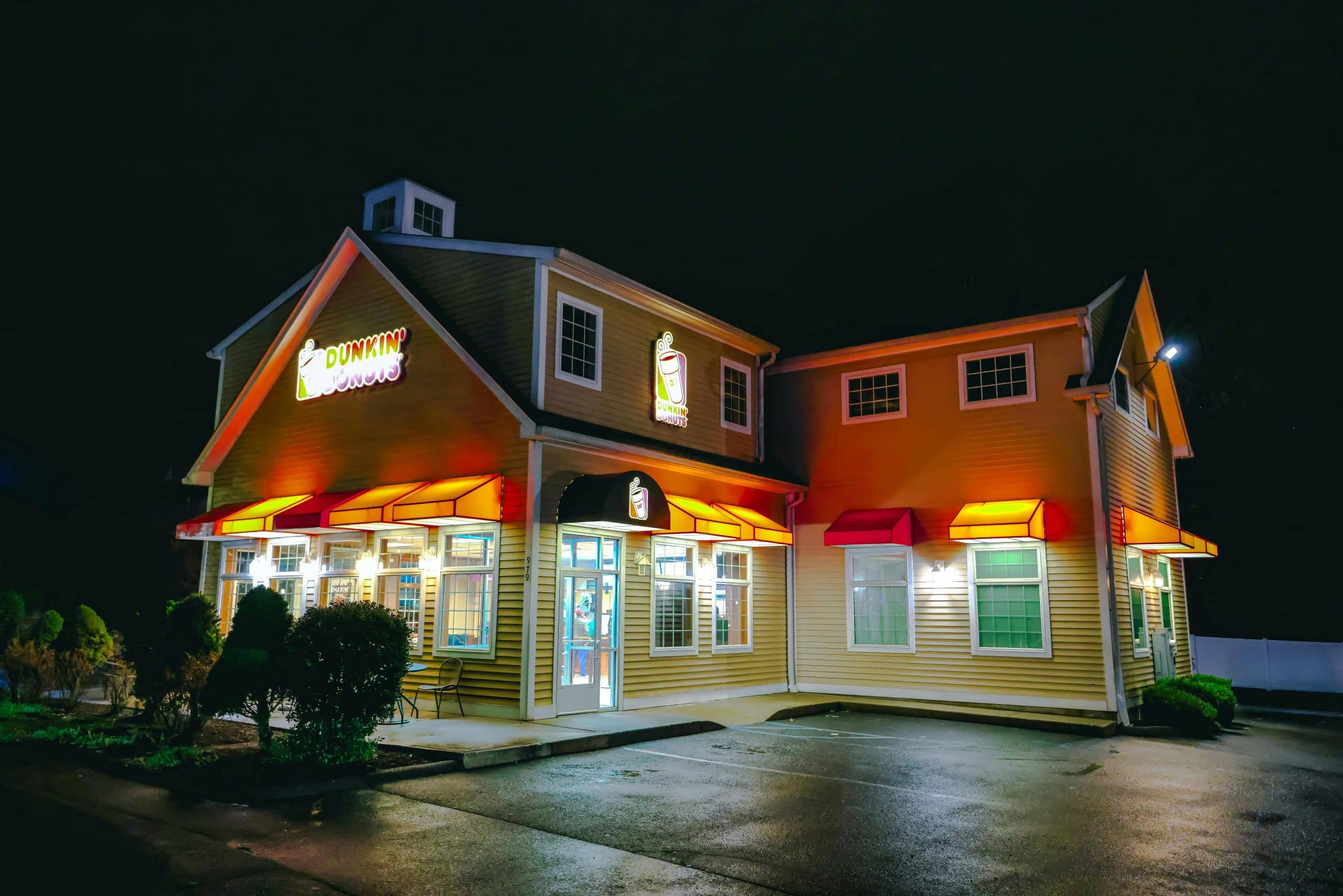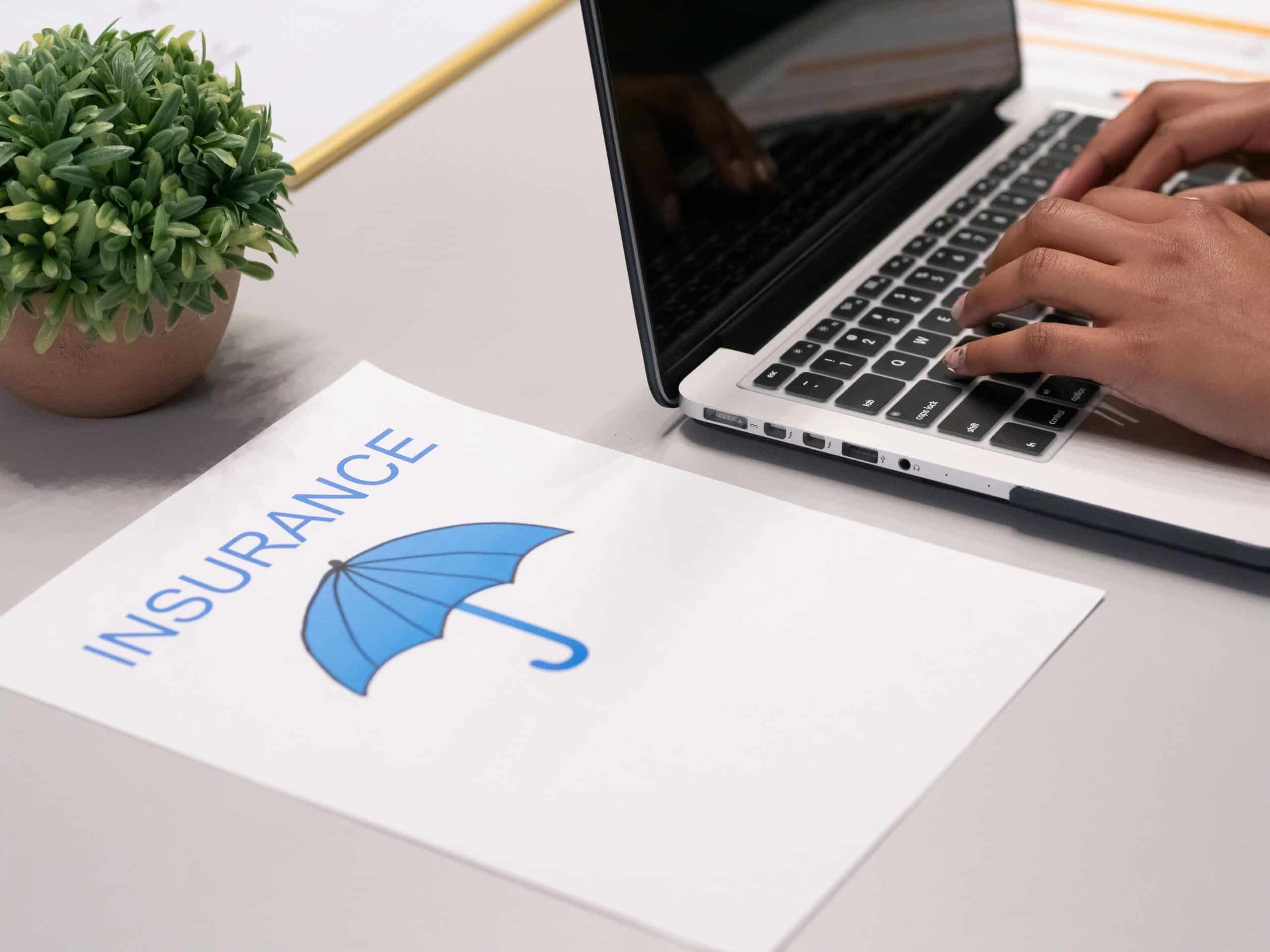There has been a settlement in an Apple lawsuit. This class action lawsuit, Lopez v. Apple Inc., was settled for $95 million. The Apple lawsuit settlement funds will be paid to those eligible. Claims can be filed on a website devoted to the settlement. Each eligible Apple customer can receive twenty dollars per Apple device. The maximum total payout is one hundred dollars. A claim can list up to five devices. The lawsuit was filed by Fumiko Lopez and a collection of distressed Apple customers. The lawsuit focused on Apple devices featuring Siri.
Siri is a virtual assistant found in many Apple products. The lawsuit alleged that Siri had recorded and listened to private Apple customer conversations. The lawsuit also purported that details from the conversations were available to businesses. These businesses were alleged to have used these details for marketing purposes. To file a compensation claim, an Apple customer must have experienced Siri spontaneously activating. This should have happened while the customer was having a private discussion.
Apple Lawsuit Settlement Details
Apple settled a class action lawsuit. The title of the Apple lawsuit is Lopez v. Apple Inc. The total amount of the settlement is $95 million. Payments from this settlement will be disbursed to eligible Apple customers. Those who wish to can file claims requesting monetary settlement compensation. There have been emails sent out to notify customers of eligibility for this payment. However, even if you have not received a notification email, you may still be eligible.
The Verge states that filing necessitates having “experienced Siri activating, seemingly on its own.” If this has happened while you were talking privately, you can file a claim. Compensation is twenty dollars for each of your Apple devices. This offer is capped at one hundred dollars. July 2, 2025, is the cutoff date for filing. There is a website specifically devoted to this Apple lawsuit settlement. Compensation claims can be filed there.
Lawsuit Context
According to CBS News, the settled lawsuit was “filed by Fumiko Lopez… and other consumers.” Lopez is a resident of California. She has been the owner of multiple Apple products. The Apple lawsuit concerned Siri, a virtual assistant that Apple devices may feature. The worry was that Siri had been used to tape and listen to customers. The BBC states: “Fumiko Lopez claims she and her daughter were… recorded without their consent.”
CBS News explains that, in general, the lawsuit filers “alleged Siri listened to… confidential conversations.”A further concern in the lawsuit was that businesses became privy to Apple customers’ conversations. These businesses were then able to direct focused advertising to customers. According to the lawsuit, advertising had been placed in customers’ view through Apple’s search options. According to The Verge, “Apple agreed to the settlement… but denied the allegations.”
Eligible Devices
There are specific conditions that need to be met to receive a settlement payment. For instance, you must be located in the United States. Also, according to PCMag, you need to have “used a Siri-supported device.” The Apple devices that involve Siri need to have been used between specific dates. September 17, 2014, is the starting date of this necessary period of use. December 31, 2024, is the ending date of the eligible usage period.
According to CBS News, the Apple lawsuit settlement applies to many Apple products. For instance, Apple Watch, iPhone, iPad, and iPod Touch are all eligible. Also eligible are iMac, MacBook, HomePod, and Apple TV. CBS News states: “You can file a claim for up to five Siri-enabled devices.”
Siri’s Role in Apple Devices
AppleInsider states: “Siri is Apple’s smart assistant across all of its platforms.” You can start a conversation with Siri by saying, “Hey Siri.” In some cases, just “Siri” will suffice. You can ask Siri questions or request that Siri help with various tasks. For instance, you can ask Siri for website recommendations. You can also request Siri to play music or help you take a photograph.








